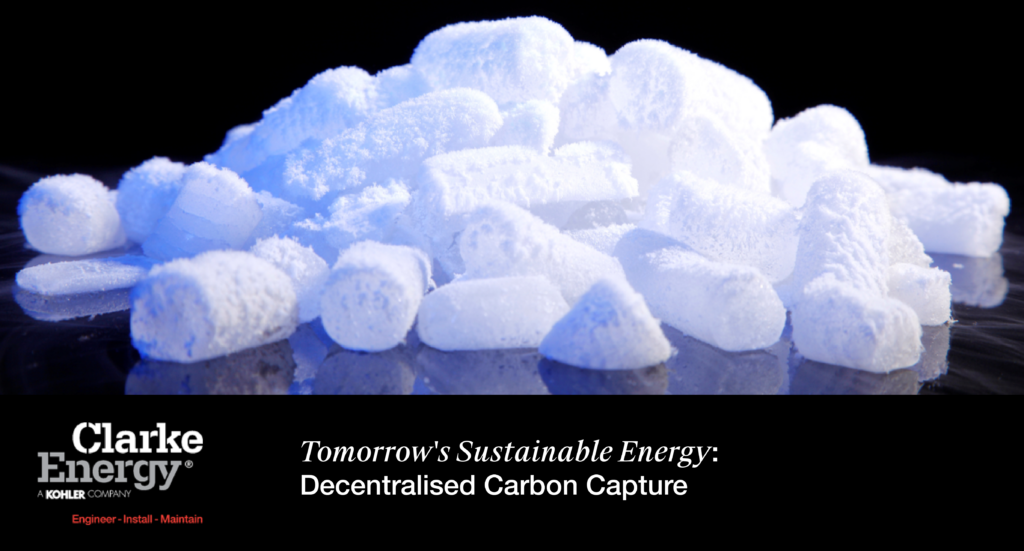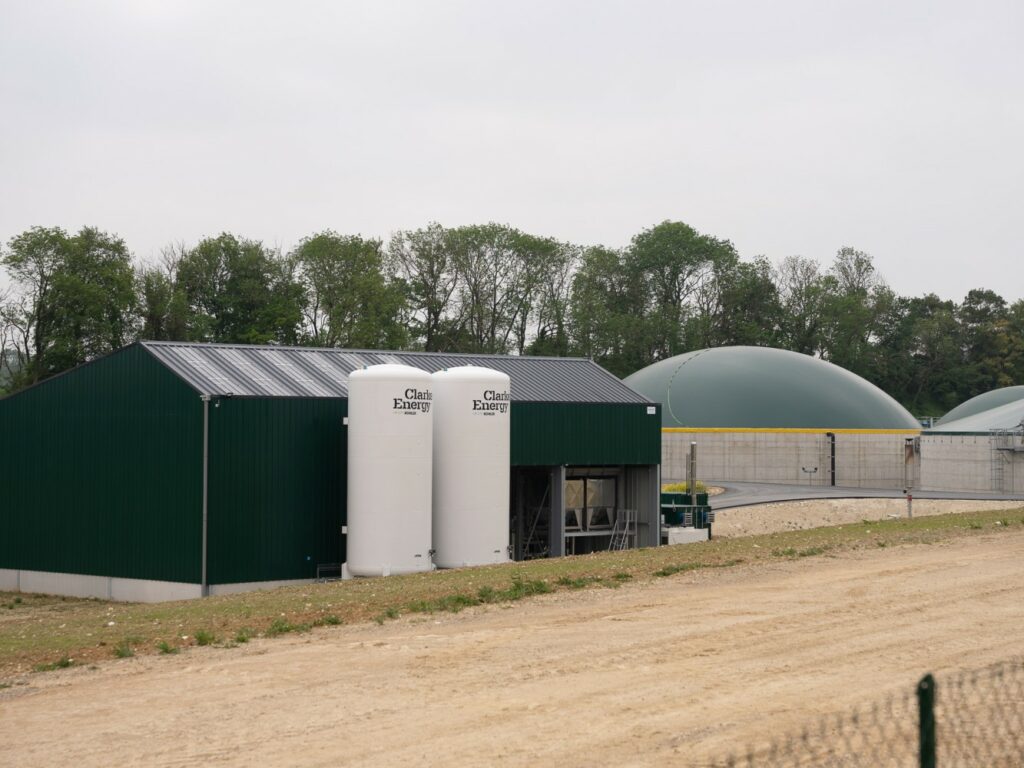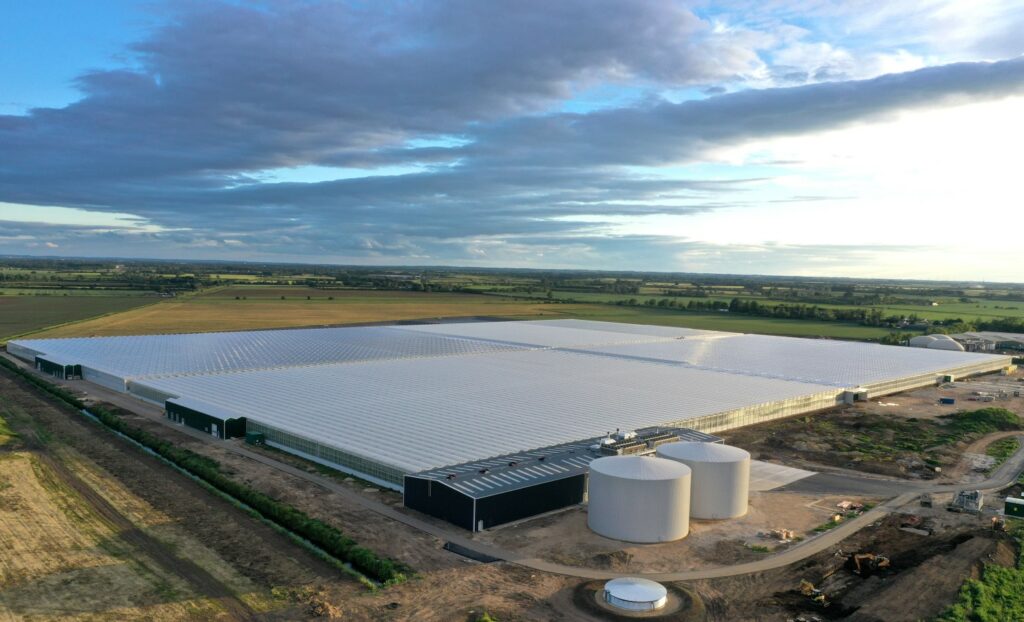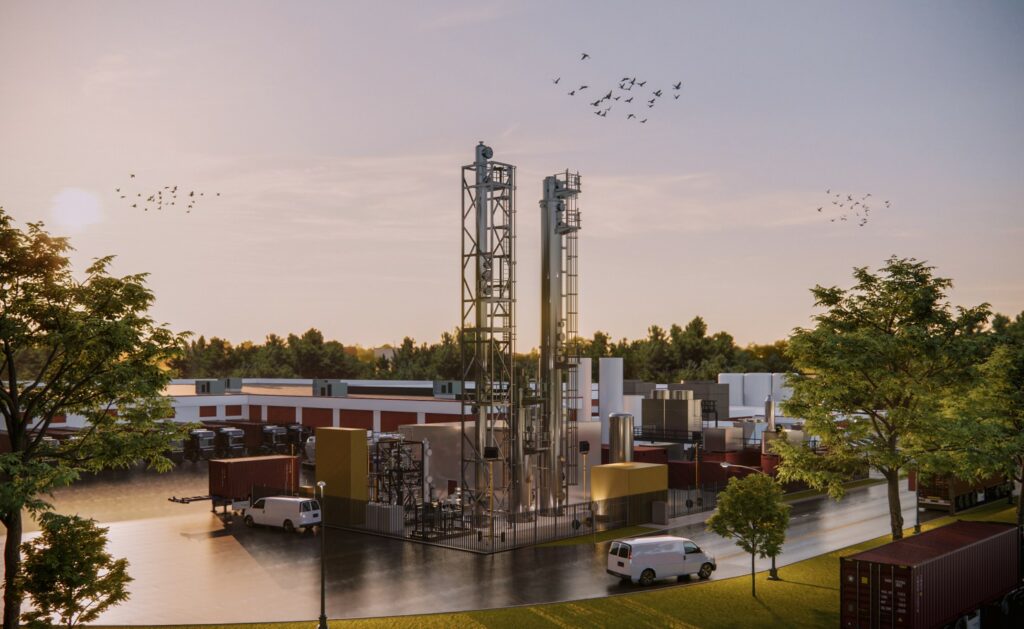In recent years, the focus on mitigating carbon emissions has intensified, particularly concerning the challenges faced by centralised power plants in carbon capture, utilisation and storage (CCUS). The emergence of decentralised systems offers a transformative solution, promoting energy resilience, renewable electricity enablement and energy efficiency.

Addressing Technical Considerations
To implement carbon capture effectively, a profound understanding of intricate factors such as flow rate, temperature, and carbon dioxide concentration is crucial.
There are various carbon capture technologies to consider:
Biogas upgrading
This method involves separating carbon dioxide from biogas, typically characterised by low temperature and high concentration. Despite potential contamination, a polishing stage can yield high-purity “bioCO2”.

Post-Combustion
These gases are typically at high temperatures and low carbon dioxide concentrations. This means that they require additional steps for effective capture.
Greenhouses
Combined Heat and Power (CHP) engines have been used to heat and light greenhouses for many years. In parallel, they offer an alternative source of carbon dioxide, with exhaust gas cleaning enhancing carbon dioxide absorption and accelerating plant growth.

Food and Beverage Grade
Amine-based washing systems can clean carbon dioxide to meet human consumption standards, making CHP systems the perfect solution for the food and drink industry. Despite being a high-cost investment, this technology promises both optimal sustainable impact, recovering up to 90% carbon; and financial viability, offering long-term financial benefits.

Mineralisation
Carbon dioxide can be absorbed onto materials such as clays or waste mineral products using thermal technologies and ball mills. This innovative approach supports recycling initiatives with the repurposing of ceramics, but also facilitates carbon dioxide recovery, with rates between 20-30%.
Advanced Carbon Capture
Innovative systems, like the “Carbon Capture Machine”, are being developed to extract and mineralise carbon dioxide from post-combustion gases. This technology produces high-grade carbonate products, such as calcium carbonate and calcium magnesium carbonate, with significant potential in markets such as paint, toothpaste, and kitchen and bathroom fittings.
Final Processing and Carbon Transformation
The final stage of carbon capture is to transform the source into one of four forms, making it suitable for many applications:
Gaseous CO2
Typically used where gas is used directly and locally e.g. greenhouses.
Compressed CO2
This is commonly used when the carbon dioxide needs to be transported locally (within 50km) or stored in modest volumes on site. The process requires energy, meaning it requires cost.
Liquified CO2
Liquefaction requires higher energy and higher cost, however the volume is significantly less and can be transported over much larger distances, and stored in greater volumes local to the plant.
Solid CO2 (dry ice)
This is formed by freezing the gas. This is the highest density solution, but can also attract a price premium as it can be used directly as a refrigeration or freezing agent.

Is it cost effective?
The cost effectiveness of carbon capture for decentralised energy varies locally. It is influenced by factors such as the regional demand for carbon dioxide, supply sources and carbon credit markets. Projects must consider both local market dynamics and global carbon trading schemes to determine feasibility and profitability.
At Clarke Energy, we are at the forefront of pioneering decentralised carbon capture, driving innovation in sustainable energy solutions. With our expertise, we deliver full turnkey EPC projects that integrate cutting-edge carbon capture technologies. With us, businesses can embark on a journey towards both environmental sustainability and operational excellence. For more information, contact Clarke Energy today.




